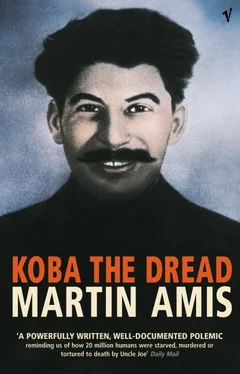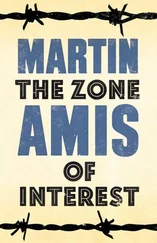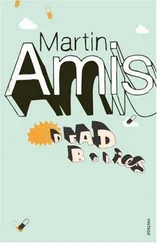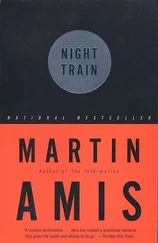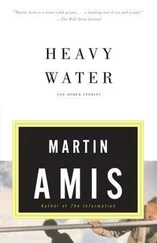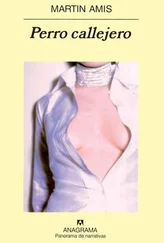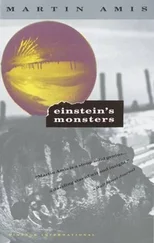No. 98, little finger off left hand and 4 fingers off right hand, head smashed; No. 99 had 12 bayonet wounds; No. 101 had 4 sword and 6 bayonet wounds.
‘“These victims are distinct from 66 Kamishlof hostage children shot by machine guns near Ekaterinburg beginning of July, names not obtainable.’”
Charles I and Louis XVI were publicly executed after open trials. Nicholas II was secretly shot in a provincial basement along with his immediate family (and four members of his staff). It was a small room and it contained eleven victims and eleven killers. They were supposed to concentrate on one victim each, but the killers were soon firing at random. Those still alive when the gunsmoke cleared were disposed of by bayonet or further shots to the head. The bodies were transported by truck to a disused goldmine; sulphuric acid was poured on their faces before burial elsewhere – to make the Romanovs harder to identify.
In his ‘Introduction, 1971’, as we have seen, Edmund Wilson was forced to give ground on the question of Lenin’s amiability and benevolence (his words). It may seem sadistic to go on quoting him, but Wilson was distinguished and representative and by no means the worst offender (he is by now allowing that he ‘had no premonition that the Soviet Union was to become one of the most hideous tyrannies that the world had ever known, and Stalin the most cruel and unscrupulous of the merciless Russian tsars’). Towards the end of the piece, however, Wilson is still trying to account for Lenin’s bad manners. Were they attributable, perhaps, to the poor breeding of Lenin’s father? ‘Lenin himself, although his mother came from a somewhat superior stratum, and though Lenin distinguished himself as a scholar, had always rude and rather vulgar traits.’ Wilson regretfully adds:
…I have found that it was not true, as I had been led to suppose – this matter was hushed up in the Soviet Union – that Lenin knew nothing about and had not approved the execution of the royal family. Trotsky – and, one imagines, also Lenin – were both extremely cold-blooded about this…
He then quotes, without comment, Trotsky’s page-long rationalization of the murders. Indeed, Wilson writes as if regicide – and bad manners – were Lenin’s only blemishes; and maybe he was ‘led to believe’ that there were no others. It is a bizarre emphasis. The clouds of ignorance part, revealing the solar fire of archaic snobbery.
Trotsky had half a point when he said (elsewhere) that the Romanov children paid the price for the monarchical principle of succession. This would certainly apply to the Tsarevich, Alexis; but the four girls could expect no such inheritance – and neither could the doctor, the valet, the maid, the cook, or the dog. [19] It seems that the Romanovs had two dogs with them in Ekaterinburg. One of them, Jemmy, was killed in the basement. The other, Joy, survived, despite her breed: she was a King Charles spaniel.
Wilson quotes Trotsky’s Diary in Exile (1935):
The execution of the Tsar’s family was needed not only to frighten, horrify and dishearten the enemy, but also in order to shake up our own ranks, to show them that there was no turning back, that ahead lay either complete victory or complete ruin. In the intellectual circles of the Party there probably were misgivings and shakings of heads. But the masses of workers and soldiers had not a minute’s doubt. They would not have understood and would not have accepted any other decision. This Lenin sensed well.
But Trotsky is lying. The masses of workers and soldiers were not told of the ‘decision’ to execute the entire family; for almost a decade they were told, instead, that the Tsarina and her children were in ‘a place of security’. [20] Reading Trotsky, one is often impressed by how much dishonesty he can pack into a paragraph. As to the details of the murders: ‘I was never curious about how the sentence [ sic ] was carried out and, frankly, do not understand such curiosity.’ Well, the Bolshevik leadership was certainly curious about the how : hence the secrecy, the eight-year cover-up; hence the sulphuric acid.
Nor was it proclaimed, as an additional morale-stiffener, that the Cheka had simultaneously murdered Grand Duchess Yelizaveta Feodorovna, Grand Duke Sergei Mikhailovich, Prince Ivan Konstantinovich, Prince Konstantin Konstantinovich, Prince Igor Konstantinovich and Count Vladimir Paley. This group was recreationally tortured, ante mortem. Grand Duke Sergei was dead on arrival, but the rest were thrown alive into the mine shaft where their bodies were eventually found.
The murder of the Romanovs seems to me fractionally less odious than, say, the murder of a Cossack family of equivalent size. The Tsar, at least, was guilty of real crimes (the encouragement of pogroms, for example). His end provoked, among the masses, little comment and no protest. The murder of the Tsarina and the five children was clearly seen by the Bolsheviks as a political deficit. It was therefore an irrational act, an expression of anger and hatred, though you can imagine how it was parlayed into an assertion of Bolshevik mercilessness, of ‘stopping at nothing’. The ancillary killings sent no message to the Red Army or to the Party rump (except as a rumour). It sent a message to the Politburo, and the message said: we will have to win now, because we at last deserve anything they care to do to us if we fail. The Romanovs were murdered in mid-July 1918. By this time the regime had lost much of its pre-October support, and was responding with hysterical insecurity – that is, with violence. On 3 and 5 September came the decrees legitimizing the Red Terror.
There are several accounts, written or deposed, by the guards, executioners and inhumers of the Romanovs. One of the inhumers said that he could ‘die in peace because he had squeezed the Empress’s—’. [21] Pipes’s note reads: ‘Deposition by P. V. Kukhtenko in Solokov Dossier I, dated 8 September 1918; omission in the original.’
Imagining this, we arrive at a representative image of the gnarled hand of October. One executioner wrote (and he is quoted here for the dullness of his moral tone):
I know all about it. The shooting was all over the place. I know that… Medvedev took aim at Nicholas. He just shot at Nicholas… Anyway, it was just another sentence that had to be carried out, we looked on it as just another chore. [22] ‘This group had not long before executed Prince Dolgorukov, General Tatishchev, Countess Gendrikova and Yekaterina Schneider, who had been accompanying the Romanovs’ (Volkogonov, Lenin ).
…Of course, you start to think about its historical importance… In fact, the whole thing was badly organized. Take Alexei, it took a lot of bullets before he died. He was a tough kid.
Yes, an imposing enemy: a thirteen-year-old haemophiliac. The Tsarevich outlived Nicholas II (deservedly renamed Nicholas the Last by Orlando Figes). In those final seconds, then, the child was Alexis II. Or Alexis the Last – but undeservedly.
The Collapse of the Value of Human Life in Practice – 2
Stalin famously said: ‘Death solves all problems. No man, no problem.’ After the death there would be no man and no problem; but there would indisputably be a corpse.
Corpse-disposal was a national tribulation throughout the period of hard Bolshevism, which ended in 1953. By December 1918, when the regime, responding to the crisis, announced its monopoly of the funeral industry, there were stacks of corpses (and packs of sated dogs) outside the cemeteries of every major city, and you could smell a hospital from a distance of several streets; annual epidemics came with the spring thaw. ‘To die in Russia in these times is easy,’ writes a diarist, ‘but to be buried is very difficult.’ After the nationalization of the graveyards, burial depended on bribery, a process surrealized by hyperinflation:
Читать дальше
